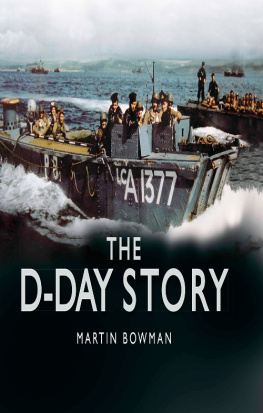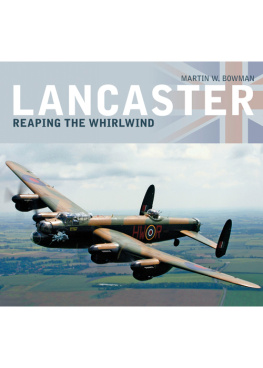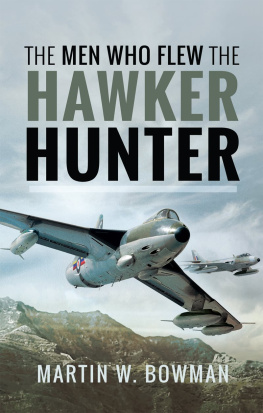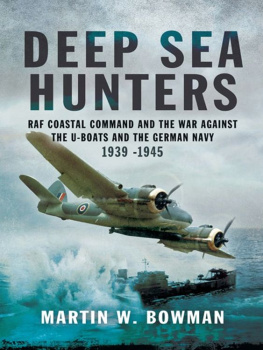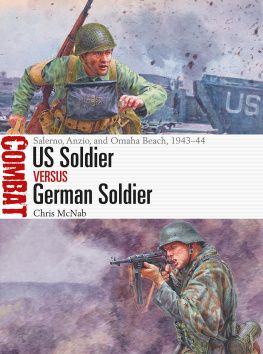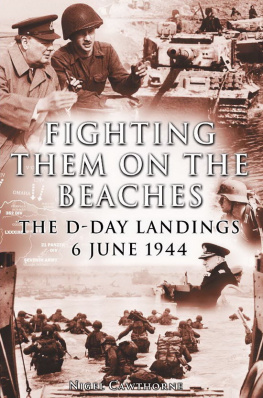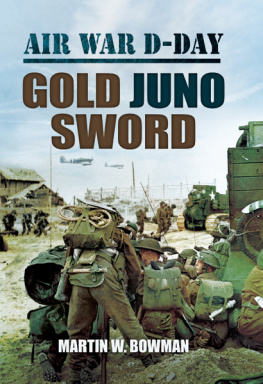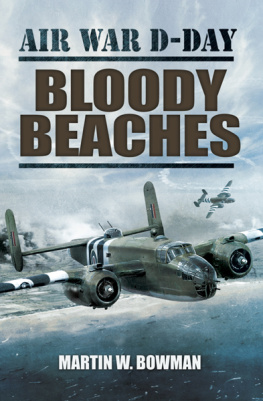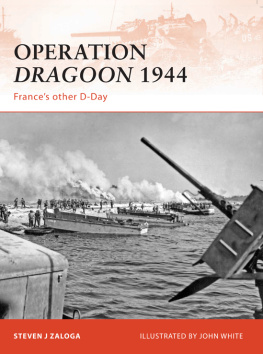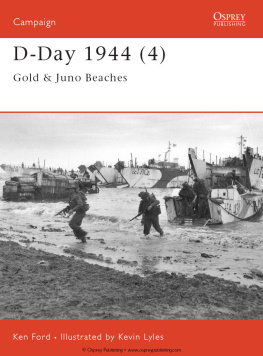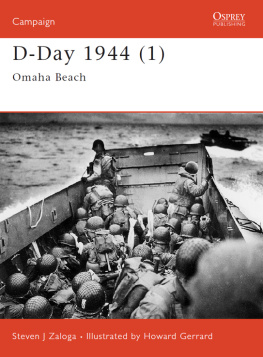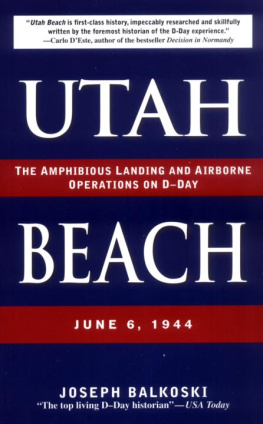
Mulberry B (Arromanches) Harbour in 1975. (Author)

A GI helmet washed up on Omaha Beach in the 1990s. (Author/Mick Royall) Theyre murdering us here! Lets move inland and get murdered! 29 - Lets go! Brigadier General Norman Dutch Cota, 51-year-old deputy commander 29th Infantry Division, who inspired his troops to breach the sea wall on Omaha Beach. Cota penetrated inland to a point the American frontline as a whole would not reach until two days later.

Pegasus Bridge near the Caf Gondre, the first house liberated on D-Day. (Author)

The 6in gun cruiser HMS Belfast , which left the Clyde on 3 June and arrived in the Eastern Task Force at 0500hrs on D-Day. After the Second World War she supported United Nations forces in Korea and remained in service with the Royal Navy until 1965, before being saved for the nation in 1971 and moored opposite the Tower of London. (Author)
CONTENTS
I n 1942 British Prime Minister Winston Churchill told Lord Louis Mountbatten, Chief of Combined Operations, that unless the Allies could land overwhelming forces and beat the Nazis in battle in France, Adolph Hitler would never be defeated. So this must be your prime task. In spring 1943, at the Anglo-American Trident Conference, the British Chiefs of Staff committed themselves to Operation Overlord the invasion of Europe and the Combined Chiefs issued their directive to General Frederick E. Morgan, who had been appointed Chief of Staff to the Supreme Allied Commander (Designate) COSSAC, at the Casablanca Conference: To mount and carry out an operation, with forces and equipment established in the United Kingdom and with target date 1 May 1944, to secure a lodgement on the Continent from which further offensive operations could be developed. The lodgement area must contain sufficient port facilities to maintain a force of twenty-six to thirty divisions and enable that force to be augmented by follow-up shipments from the United States or elsewhere of additional divisions and supporting units at the rate of three to five divisions per month.

Second Front Now rally at the Albert Hall in 1943 in support of the Soviet Union.
In August 1943, at the Quebec Summit, the COSSAC plan to invade the Continent in Normandy was approved by Churchill, Roosevelt and the Combined Chiefs of Staff. It was also agreed that the Supreme Commander should be American and that his deputy and three commanders-in-chief should be British, and May 1944 was fixed as the target date. In November 1943 thirty directives for Overlord were issued. During the Tehran Conference at the end of November, Marshal Joseph Stalin, the Soviet dictator, agitated for the opening of the second front. Roosevelt and Churchill promised him that the invasion would start in May 1944. The target date of 1 May for invasion was later postponed for a month to enable extra landing craft to be built, and the initial assault was expanded from three to five Army divisions. Overlord proceeded in London under the direction of General Morgan and Brigadier General R.W. Barker, who set up an Anglo-American headquarters (HQ) to prepare an outline plan for the invasion of North-West Europe from Britain under the direction of the Supreme Commander. On 6 December 1943, 53-year-old American General Dwight D. Eisenhower known informally as Ike was appointed to command the landings in France.

An Atlantic convoy in February 1944 photographed from the battleship USS Arkansas. Some 750,000 tons of food and equipment a month reached Britain from America in 1944. (USN)
Two areas for invasion were considered. The Pas de Calais had many obvious advantages, such as good air support and a quick turnaround for shipping, but it was the most strongly defended area of the whole French coast and did not offer good opportunities for an expansion of the bridgehead. The Caen sector, however, was weakly held; the defences were relatively light, and the beaches were high capacity and sheltered from the prevailing winds. Inland the terrain was suitable for airfield development and for the consolidation of a bridgehead. So the initial landing on the Continent would be in the Caen area, with the eventual seizure of the CherbourgBrittany group of ports. Seine Bay, the area of Normandy chosen for the assault, is 50 miles (80km) across and stretches from Barfleur, where William of Normandy set sail for the invasion of England in 1066, eastwards to the mouth of the River Seine. Because it was ultimately intended that American forces should be supplied directly from the United States, their troops were assigned to the western sector, while the British and Canadian beaches were in the eastern sector. The invasion would require twenty-four different embarkation points spread over 1,000 miles (1,600km) of British coastline, made necessary by the total loading capacity in twenty-four hours, since the assault and follow-up had to load simultaneously. The British would load from Great Yarmouth to Portsmouth and the Americans from Southampton to Milford Haven. Each of the twenty-four points required its own embarkation camp, marshalling and concentration area, and special road layout many of which had to be either built or greatly improved.

The Allied Commanders at their HQ in Norfolk House, London, in February 1944. Left to right : Lieutenant General Omar N. Bradley, Commander US First Army; Admiral Sir Bertram H. Ramsay, Allied Naval Commander; Air Chief Marshal Sir Arthur W. Tedder, Deputy Supreme Commander; General Dwight D. Eisenhower Supreme Commander; General Bernard L. Montgomery, C-in-C Land Forces, CO 21st Army Group; Air Chief Marshal Sir Trafford Leigh-Mallory, C-in-C Allied Expeditionary Air Force (AEAF); and Major General Walter Bedell Smith, Chief of Staff.

Map of D-Day.

USS Texas, part of the vast Allied armada gathered for D-Day. This battleship, which was the worlds most powerful warship when commissioned in 1914 and served with the British Grand Fleet in the First World War, left Belfast Lough at 0215hrs on 3 June for the Western Task Force area.
Between 05500625hrs on D-Day, from 10 miles offshore, USS Texas fired about 250 14in shells at the six-gun battery at Pointe-du-Hoc, overlooking both Omaha and Utah beaches, before changing targets to fire another 350 shells at the resistance nests on Omaha. She is now displayed at the San Jacinto State Historical Park, 22 miles east of Houston. (Author)
Next page
